The easiest New Year’s resolution to stick to is to always water your garden early in the morning – a thorough soaking every 3 to 4 days and mulching with organic material will encourage deep root development and healthy plants in hot weather. The taps should stay closed after 10:00 am.
Gauteng
Start sowing cool-season annuals and biannuals for winter and spring colour. Try larkspurs, foxgloves, aquilegias, delphiniums, pansies and Primula malacoides in seed trays, as they take time to mature into strong seedlings to plant out.
Pull out the old flowering stems of Inca lilies with a firm tug. If the plants have stopped flowering you can dig up some roots and new shoots and replant them in other parts of the garden to spread the flowering cheer of these easy-to-grow perennials.
Lightly prune your roses of old blooms and weak wood. This will promote a late summer flush of flowers. Spray regularly for black spot and mildew, especially after rainy weather.
In the veggie garden plant beans, beetroot, tomatoes, sweetcorn and spinach. Most herbs are looking their best now, so increase your stock and variety.
Free State
Rather than just removing the dead flowers on rose bushes, prune the stem back to the next outward-facing bud. This will speed up the production of the next crop of roses and will keep your roses in flower for longer. Feed with a rose fertiliser afterwards and water regularly and deeply.
Dig up and split overcrowded perennials like agapanthus, watsonias, irises and dieramas. Cut foliage of the splits in half and replant into soil enriched with compost and fertiliser. Allow the iris rhizomes to show above the ground.
The colour trends for this summer are rich purples, oranges and ruby. To be in fashion, add carpet geranium (Geranium incanum), Felicia amelloides, statice (Limonium perezii) and penstemons, available in red, pink, lavender and white.
Design with veggies: Edibles can be very decorative. In mixed borders, add eye-catching crops like Swiss chard ‘Bright Lights’ with lovely stems of red, pink, white and yellow. For a bold statement include bronze fennel and globe artichokes. Lettuce comes in a variety of colours and textures – try the oak-leaf cultivars in green and purples; they make a good foil for many summer flowering annuals.
Limpopo
Get your trees in now before autumn comes again. Establish them with a tree ring to keep the water around the young roots.
Prune roses by a third and deadhead your summer colour – this will ensure blooms until March.
Trim fuchsias and hibiscus to encourage new growth and cut back salvias that have finished flowering – this will push new growth and flowers for the autumn.
If you left your clivia seeds on, they should be a good shade of red now. Sow them while fresh, directly into a shady spot or plant them into seed trays.
Remove dead amaryllis and coloured arum lily flowers, but keep on watering the bulbs and do not remove them before all the leaves have died down. Alternatively, leave them in the soil until next year, but put a plant marker in the area so you don’t forget where they are.
Keep on planting bacopas, arctotis and statice for endless summer colour.
Mpumalanga
All-year winners to plant in this region are agapanthus, magnificent mandevillas, petreas (especially the white-flowering ones) and the ever-elegant Philodendron ‘Xanadu’.
To cool your flower borders down, add swathes of white dianthus.
Keep on protecting veggies and fruit like cucumbers, marrows, melons, pumpkins and mangoes from fruit fly. Plant small batches of dwarf beans once a month and sow squashes and green peppers. It is also time to plant sweet potato tubers. Feed all tropical fruit trees and granadilla vines too.
KwaZulu-Natal
Do garden chores early in the morning when it is cool. While out there, feed your bedding plants with a foliar feed to extend their flowering period – do this every two weeks. Plant seedlings in the evening when it is cooler, and water and protect for a while from snails, sun and wind with cardboard wigwams or leafy twigs. Rejuvenate lanky petunias, salvias and nicotianas by cutting back, mulching and feeding to induce a second growth-spurt and a late summer flush of flowers.
Tidy up acalypha bushes to encourage new colourful shoots and remove flowering spikes of crotons. Also pinch out the growing tips of poinsettias for bushy, floriferous plants.
Hot tip: Water by hand. This can be a rather time-consuming process, but for smaller gardens it saves water and gives you the chance to check for pests and to see which plants need a bit more tender love and care.
Make saving water one of your main New Year’s resolutions!
Western Cape
January is hot as blazes and it is important to water efficiently and sparingly, by growing more waterwise plants, grouping plants with similar water needs together, removing weeds regularly, and adding compost and mulch.
Must-have plants include plumbago, petunias for really cool flower power (many in shades of blues), rosemary with sky blue flowers and lobelias to supply long-lasting border blues.
Replace tired bedding plants with heat-tolerant varieties like marigolds, vincas and portulacas – they will flower their hearts out until early winter and beyond.
In the veggie garden: Plant sweet peppers – they are tasty in just about any dish. Protect your edibles with beneficial companion plants like basil, nasturtiums and marigolds. Start sowing broccoli, cauliflower, Brussels sprouts and cabbage in seed trays. Make small plantings of carrots, beetroot and radishes. Make a final sowing of beans, gem squashes, patty pans, baby marrows, borage, parsley, chervil and dill.
For more information on bringing life to your garden, visit the Life is a Garden website or join the conversation on their Facebook page.


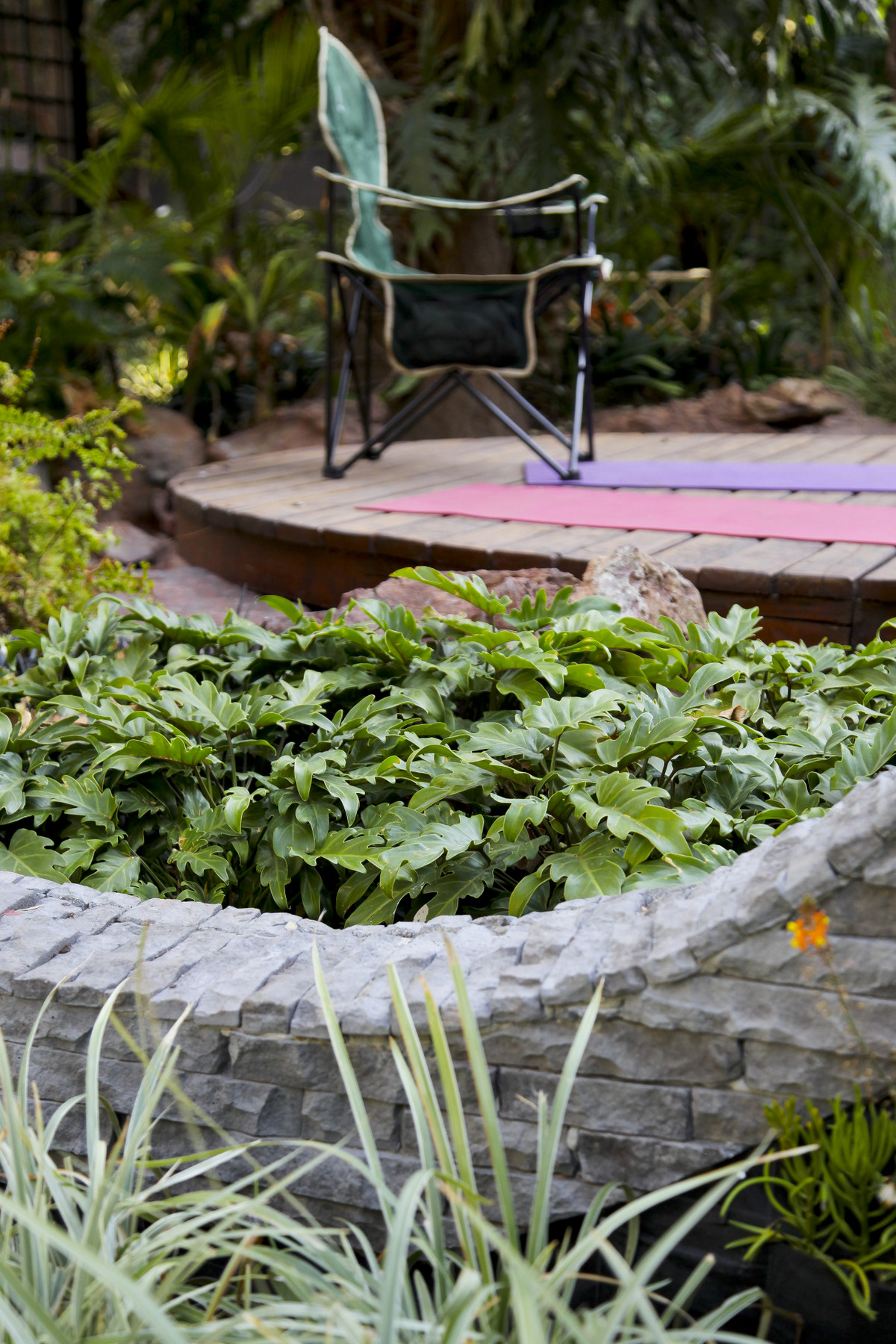






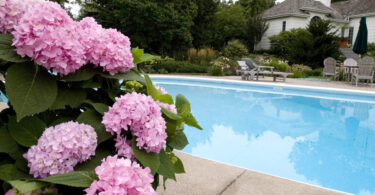
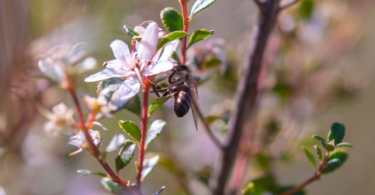
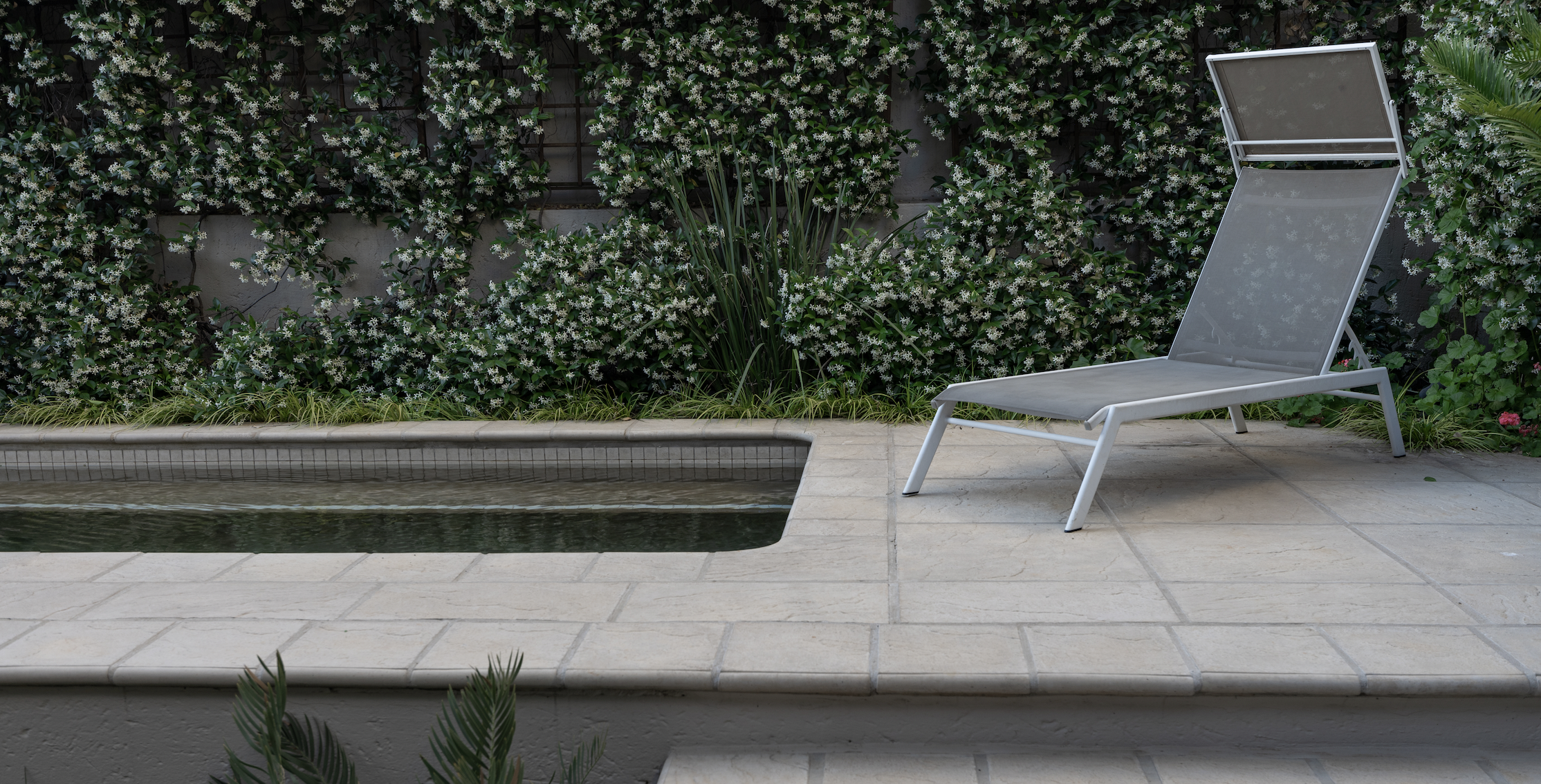

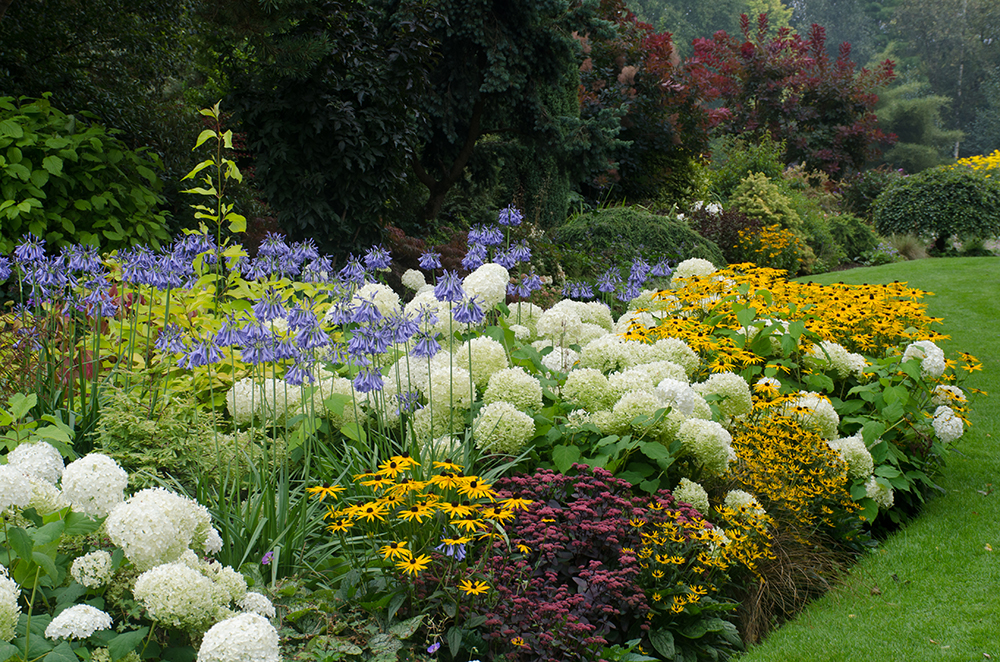
Leave a Comment